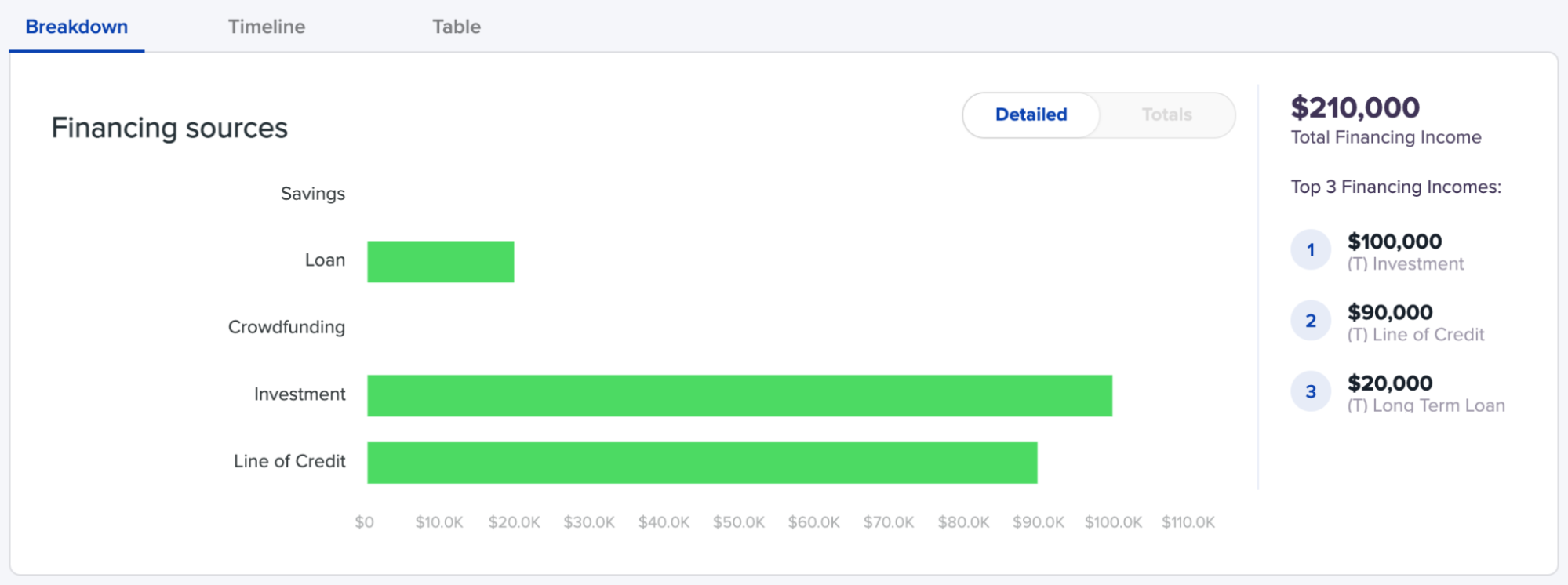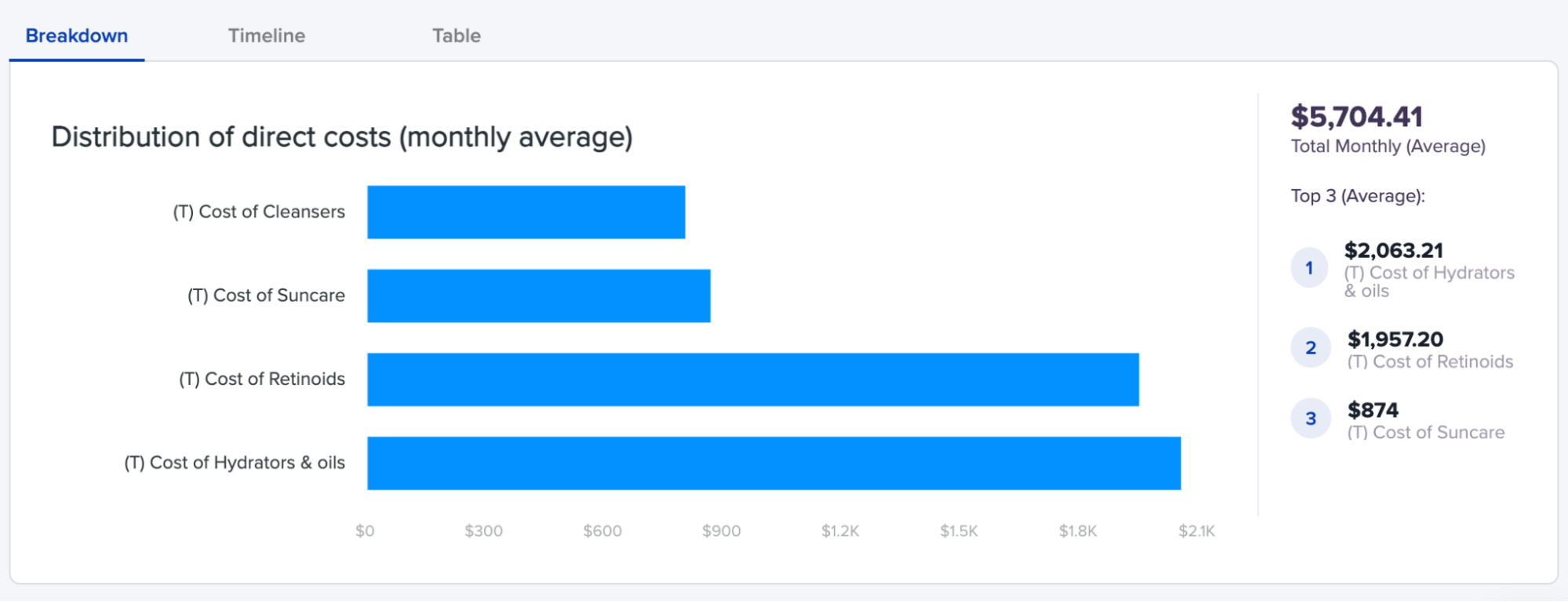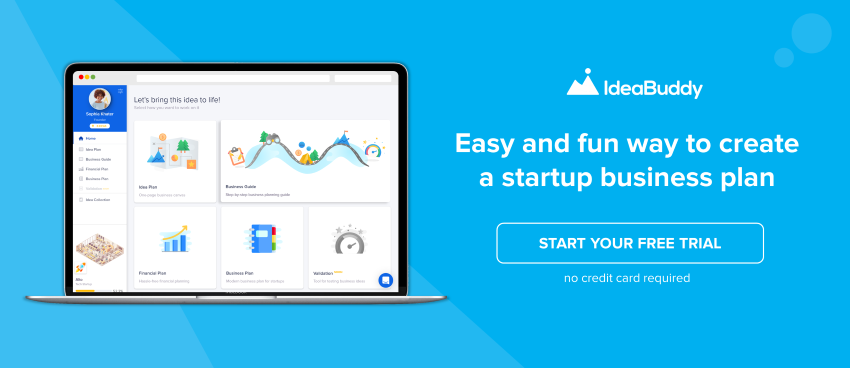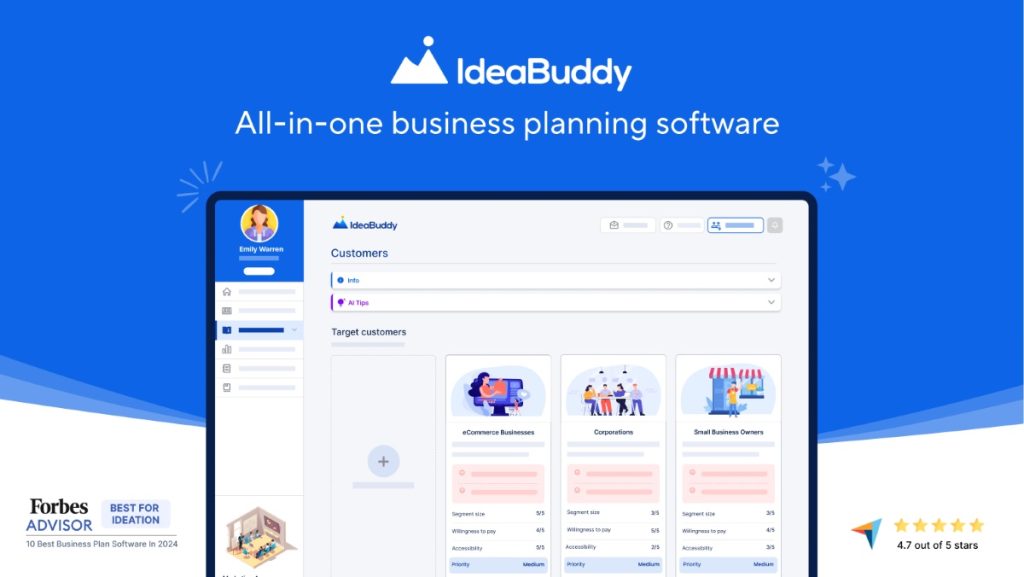Founding a startup requires resilience, flexibility, and a lot of improvisation along the way. The path from an appealing idea to a feasible venture is long, which is where a startup business plan comes in handy.
It helps you navigate through a (sometimes) seemingly endless loop of financials, customers, and investors, all the while building a great product. Imagine a ship sailing without a map— of course, it’s bound to get lost sooner or later. Similarly, without a startup business plan, your entrepreneurial journey can drift off course.
So that’s why today we look at how to create a startup business plan. We will ll cover:
- Why is it important to write a startup business plan?
- What are the main pillars of a startup business plan?
- How to successfully formulate a business plan for a startup?
Now, let’s dive into why crafting a detailed startup business plan is crucial and how it can be the compass that steers your business towards success.
Why is it important to write a startup business plan?
A good business plan can help startup founders in a number of ways.
First, it lets you keep all your ideas in a single place. You will get a bird’s-eye view of what you need to cover to get from point A to that first investment and then beyond.
This then helps you determine the feasibility of your initial hypotheses.
- Were you clear enough on your marketing?
- Or were you overly optimistic about prototype building time and resources?
- Have you planned for dry spells when no investor shows up?
- Have you figured out your target persona and do you know how to reach your customers?
- Can you simply tell what your business is about, i.e. do you have your mission and vision sorted?
It’s worth mentioning one misconception here.
Many startup founders ditch writing a business plan, under the pretense that it is an outdated concept. “When everything moves so fast, why waste time on writing it down?”
But in reality, all that’s left of a promising startup without a proper plan is mere hustle. There won’t be much success with raising capital, reaching customers, or winning market share. So now that we’ve glimpsed the significance of a startup business plan, let’s get down to writing it.
What should be covered in your startup business plan?
A typical startup business plan you’ve seen out there cover an enormous number of aspects. They go from executive summary, background, mission, and vision, to financial projections, organizational structure, and product and services life cycle.
For startups, though, the game is slightly different.
The reason is that a startup needs to first focus on essential parts of the business. It needs to send a signal of trust and reliability towards all parties involved — customers, investors, market, competitors, and suppliers.
So, let’s look at a startup business plan from a top-priority perspective. For easier management, we’ve divided it into several sections.
Here are the most common sections of a startup business plan:
- Executive Summary
- Company Description
- Market Research and Analysis
- Organization and Management
- Products and Services
- Marketing and Sales Strategy
- Funding Request
- Financial Projections
- Appendix
Now let’s start explaining them, one by one.
Section 1: Executive Summary
This section is the core of your startup business plan. It explains why your venture exists in the first place and combines data, evidence — and your innovation flare.
It is the first section of a plan, but normally it is developed after all the other sections. This section gives a summary of your start-up, summarizing all the main points from the different sections of the plan. It encompasses the concept of your business, its philosophy, encapsulated in the mission statement, the goals and objectives of the business, and a summary of your product and service portfolio.
It also pinpoints the major financial forecasts and the necessary funding requirements. The goal of this section is to catch the attention of the reader and make them interested in going through the entire plan. In essence, a good executive summary matters much for the first overall impression that an investor is likely to develop about your business.
Section 2: Company Description
This area focuses on the specific details of your business, its background and organization, and its business strategies.
There you have the company vision and mission statements, which describe what your startup is all about, why it exists, and what your main guiding principles are. This part also provides data on your industry and market to ensure the readers have context for your business.
Additionally, it describes the legal formation of your business if you are a one-person business, partnership business, LLC, corporation, or any other form of business. This section gives a clear picture of your organization, and prepares the reader for the remaining part of your startup business plan.
Section 3: Market Research and Analysis
This section is an essential part of the startup business plan that shows your understanding of the market dynamics and the industry you want to operate in.
Market research
In terms of market research, you need to know the following:
- How big is your market?
- What is the total market potential?
- What would be your estimated market share?
- What are the barriers to entering the market?
The better you know this data, the easier it will be to win over the investors. Again, don’t go just for the numbers, but for the context. Where and how does your startup fit the numbers? And how can it help these numbers swell?
Target Customers
To ace this point, you need to empathize with your potential customer. This means that your startup business plan should cover:
- Customer information: Demographic, geographic, and psychographic
- Their behavior: How does your target customer interact with the market or similar products? Through which channels? How much and often do they spend? Are they willing to pay for the service? How can you tell?
- Customer preferences: Think holistically here. Who are your customers as people? What makes them tick? Is there anything else in their day-to-day lives besides your product?
- Pain points: What is it that bothers them, and how do you alleviate it?
Realistically speaking, you might not have the resources for large-scale customer interviewing in the early stages. However, there are a handful of tools that can help you with it, such as the customer journey map or empathy map.
Competitor Analysis
Competitive analysis is the other aspect, where you identify the direct and indirect competitors, analyze their strengths and weaknesses, and then elaborate on your competitive advantages.
Stemming from the previous point, you ought to know what similar solutions to the problem exist. If there is already a solution to a problem, you need to add a twist.
That’s why your startup business plan needs to thoroughly demonstrate your knowledge of competitors.
You need to know them as well as you know your own product, or even better. Feature a SWOT analysis of your key competitors or carry out brand differentiation planning, but don’t refrain from exploring past the direct competition.
Often, an indirect competitor can help shed a new perspective on your product.
Section 4: Organization and Management
The organization and management section provides information about the organizational structure of the startup and provides information about the key team members.
It describes how the various staff members of the team will be assigned and what expertise they possess, highlighting their qualifications and experience.
This section also features details regarding any consultants or directors who offer their input on matters outside the organization. Also, it describes your plans to hire in the future and the ways you will grow and strengthen your staff.
By showcasing the strength and expertise of your team, you can build confidence in your potential investors and stakeholders.
Section 5: Products and Services
Here, you have to give an overview of your products and services, including their features, benefits, and main differentiations.
This section should describe how your products/services help to address the needs of your target audience. Explain the unique features of the products or services you will offer, that will be covered by patents or trademarks.
You need to include information about the product lifecycle, from its development to launch to the mature stages. Also, provide a plan on how you will be expanding the product portfolio and how your business will remain relevant in the market in the long run.
Section 6: Marketing and Sales Strategy
Your marketing and sales strategy section describes how you plan to attract, impress, convert, and retain your target customers.
Explain who your target audience is and how you intend to reach out to them through different marketing platforms, including social media, content marketing, and paid promotions.
You need to describe how you will sell the product, including the selling process, who will be in your sales team, and what are the sales goal. Explain who you are targeting in relation to branding and positioning, and how your pricing strategy is different or similar to your rivals.
Last but not least, you should mention your customer retention strategies, which include offering loyalty incentives, providing customer care, and taking customer feedback to secure their long-term loyalty.
Section 7: Funding Request
Depending on the source of the funding required, this segment of the startup business plan outlines the amount of funding needed and how the money will be spent.

Explain the specific amount you need and for which purpose – whether it is for product development, advertising, hiring, or other business reasons. Further, it is required to provide a clear and precise financial plan, which will reveal your expected costs and revenues.
Describe your funding plan regarding who you are going to pitch to for funding, whether it is equity financing, debt financing, or grant financing. Additionally, include details about any prior grants you have received, along with your future goals in terms of funding.
This section should provide a clear picture to potential investors of the business’s financial requirements and how their money will be used.
Section 8: Financial Projections
Financial forecasts provide a realistic picture of your start-up’s financial outlook and are crucial for proving your business’s profitability potential to investors.

This section contains detailed financial statements, such as sales and revenue forecasts, profit and loss projections, cash flow statements, and balance sheet statements. You should also provide the break-even analysis to explain at what point in time the business will start making profits.
It is essential to include all the assumptions made in your financial plan, like market growth rate, pricing, and cost structure. In general, the financial forecast should cover at least three to five years, providing a broad picture of your business’s financial health.
Start with the first couple of years, but be specific about more short- to mid-term goals to the extent possible. Factor in aspects such as:
- Planned quantities sold or services provided
- Costs of suppliers and other resources
- Clients you plan to win over
- Profits goals per quarter
Once you have this information planned out, monitor closely and adjust projections as you go. Always stay conservative and specific so you don’t run out of resources.
By building a bullet-proof financial plan, you can instill confidence in your potential investors and other stakeholders.
Managing all these financial aspects may be overwhelming. So, by using the right business planning tool, you will be able to easily navigate through the whole process.
Section 9: Appendix
The appendix is an extra section of your startup business plan that provides extra information that may not be logically included elsewhere but can be useful.
This may involve CVs of the key team members, images or illustrations of the product, legal requirements, research findings, and any other relevant documents.
Basically, the appendix is an extension of the main parts of the startup business plan, where you include additional data to support the claims made in the plan. It is useful for investors and other stakeholders who may wish to have more detailed information about certain sectors of your firm.
Make sure to reference the appendix to avoid confusion and to ensure that the reader knows where to look for some relevant information they need.
Startup Business Plan: Conclusion
So, those were the foundations of a common startup business plan.
Depending on the industry you’re in, market specificity, target audience or the life cycle of your product offering, the initial plan can vary to a different extent. But if you ace these points, you will be off to a good start, with plenty of room for quick adjustments when needed.
Finally, before you get down to writing, here are a few key points to remember:
- Start small and be specific. First, go with the essentials and then move on to less crucial aspects.
- Always think holistically and see how your moves affect your initial plans and values. Challenge them often, as investors surely will.
- Write it down, even if it seems banal. Too many startups have failed to take off due to a lack of documentation and well-thought-out processes. Stay out of this trap
- Your startup business plan is your startup’s ID. Make sure it’s punctual, truthful, and feasible.
- Continuously test it out and adjust your plan regularly.
So, take a leap of faith, start your entrepreneurial journey today, and let IdeaBuddy guide you in turning your vision into reality.





